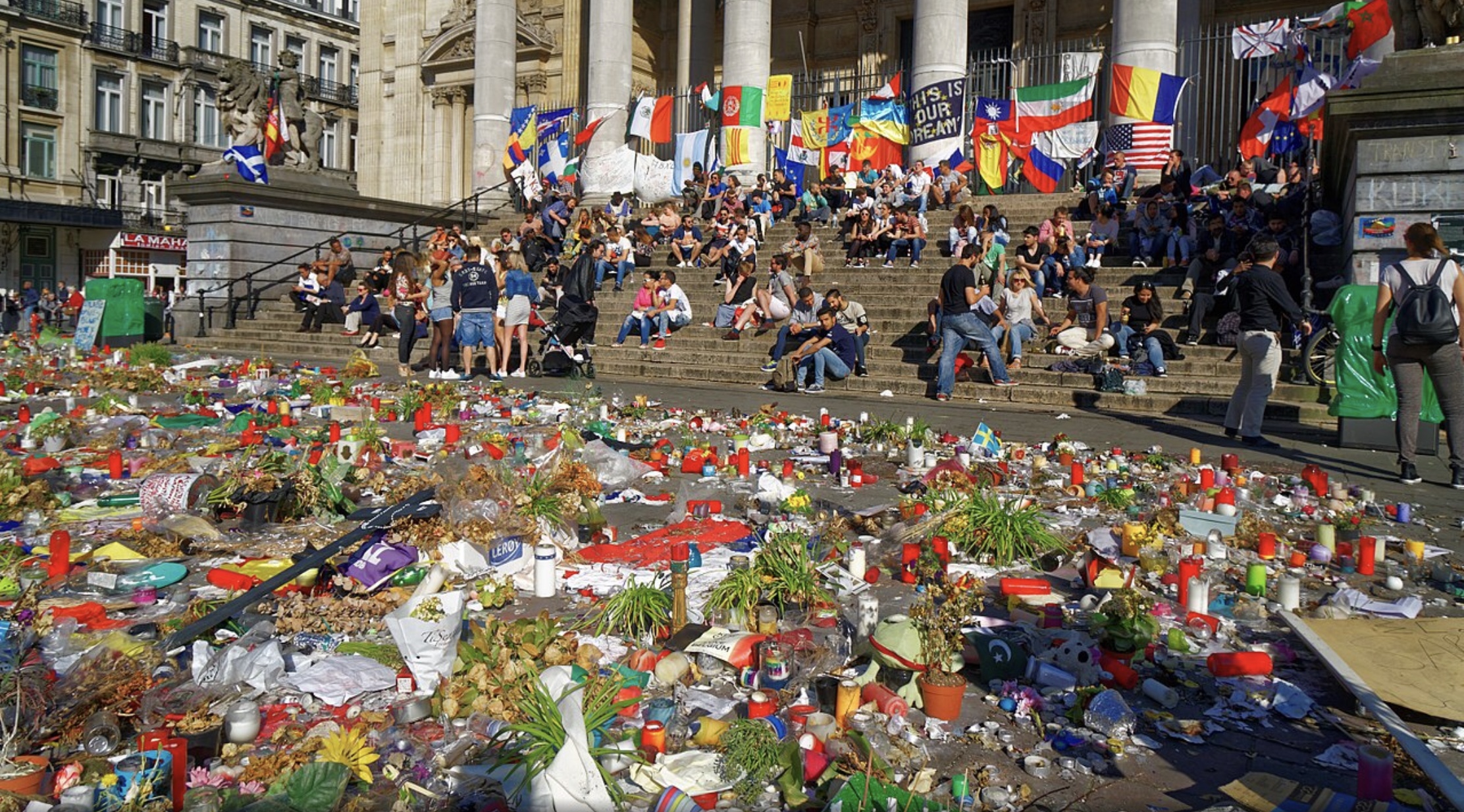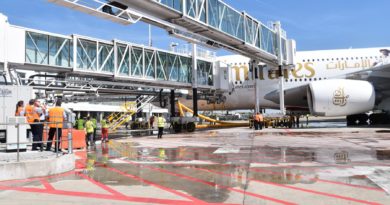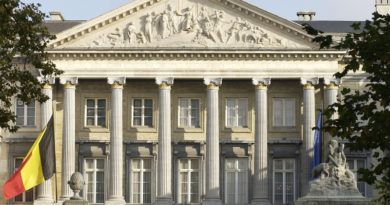2016 Brussels terrorist attacks: An update on the investigation
Three years after the March 22, 2016 terrorist attacks at Maelbeek metro station and Brussels airport, Belgian investigators have identified eleven suspects in addition to the three suicide bombers who carried out the atrocities.
They are Mohamed Abrini, Osama Krayem, Sofien Ayari, brothers Smaïl and Ibrahim Farisi, Hervé Bayingana Muhirwa, Bilal El Makhoukhi, Ali El Haddad Asufi, Youssef El Ajmi and Brahim Tabich. All have been indicted for helping to prepare and execute both attacks. Requisitions have also been ordered against Salah Abdeslam – well-known for his suspected involvement in the November 13, 2015 Paris attacks – although he has not yet been formally charged in connection with the bombings in Brussels.

Below are brief summaries of the current state of the investigation of four of the most high-profile of these suspects.
Mohamed Abrini – “the man in the hat”
On April 8, 2016, in Anderlecht, Belgian police arrested Mohamed Abrini, a man also sought by police for several months for his suspected involvement in the Paris attacks.
Abrini subsequently admitted that he was indeed “the man in the hat”, as he had become widely known after images of him surfaced on the internet in the immediate aftermath of the Brussels bombings. These images showed him at Brussels airport just minutes before the attacks took place, talking to the two airport suicide bombers, Najim Laachraoui and Ibrahim El Bakraoui.
Mohamed Abrini had left a suitcase full of explosives in the airport before fleeing, while Laachraoui and El Bakraoui detonated their charges in the departures hall. The three men had gone to the airport that morning by taxi from an apartment on rue Max Roos in Schaerbeek, where they had been lying low for the preceding few weeks in preparation for the attacks.
Osama Krayem
Osama Krayem, previously known as “Naim Al Hamed”, was also arrested on April 8, 2016. Krayem had been filmed at the Pétillon metro station on March 22, 2016, exchanging words with Khalid El Bakraoui, just before the latter blew himself up at Maelbeek metro station. Ossama Krayem said he was supposed to blow himself up as well, but changed his mind at the last minute.
Krayem then returned to an apartment on Avenue des Casernes in Etterbeek, where he had spent the last few days with Khalid El Bakraoui. According to his police confession, he then got rid of his explosive charges by flushing them down the toilet. Investigators have since found traces of explosive substance in the apartment’s pipe system.
Sofien Ayari and Salah Abdeslam
Sofien Ayari, also known by his aliases “Amine Choukri” and “Monir Ahmed Alaaj”, was arrested four days before the attacks in Brussels, on March 18, 2016. He was hiding in a building in the rue des Quarte Vents in Molenbeek-Saint-Jean with Salah Abdeslam, the prime suspect in the Paris bombings, who by then had been sought by Belgian and French police for months.
The two men had narrowly escaped arrest three days earlier on rue du Dries in Forest, where they had been hiding in another apartment. It was on rue du Dries that a major firefight took place between them and the police, which led to the death of their friend and suspected co-conspirator, Mohamed Belkaïd, known by the pseudonym “Samir Bouzid”.
For their involvement in the firefight, Sofien Ayari and Salah Abdeslam were each sentenced on April 23 to 20 years in prison by the Criminal Court of Brussels. Subsequent investigation into the Brussels attacks showed that Sofien Ayari had probably been plotting the Paris attacks with Salah Abdeslam in Ulm (Germany) since at least October 2015, after leaving Syria. His fingerprints have also been found in various other suspected hiding places of their terrorist cell, including in Auvelais, Charleroi, Schaerbeek and Jette.
Upon his arrest, Sofien Ayari declared that he had not participated in any way in the terrorist attacks in Paris or Brussels. However, he admitted to having stayed in the apartment on rue du Dries in the weeks preceding the shooting, with Salah Abdeslam and Mohamed Belkaïd.
Questions remain about Ayari and Abdeslam’s other possible attempted terrorist projects, especially in light of the fact that Sofien Ayari and Ossama Krayem took a bus from Brussels to Schiphol airport in Amsterdam on November 13, 2015, before returning only hours after arriving.
Furthermore, in a laptop found at an apartment near rue Max Roos in Schaerbeek, which was used as a hideout for the Brussels suicide bombers, was a file bearing the name “13 November”. It contained several other files named “Omar Group”, “French Group”, “Iraqi Group”, “Metro Group”, and, most interestingly, “Schipol Group”.
Were Sofien Ayari and Ossama Krayem part of the “Schipol Group”? More specifically, were they plotting an attack at the Dutch airport? Although suspicions undoubtedly remain, there is currently no hard evidence to substantiate any of these claims, according to a source close to those involved in the judicial investigation.
According to the same source, during his police interrogations Ossama Krayem admitted that his task at Schipol was to “find safes large enough to store weapons, explosives or money”. After arriving at Schipol, he “walked about two hours without finding any such safe before leaving”.



